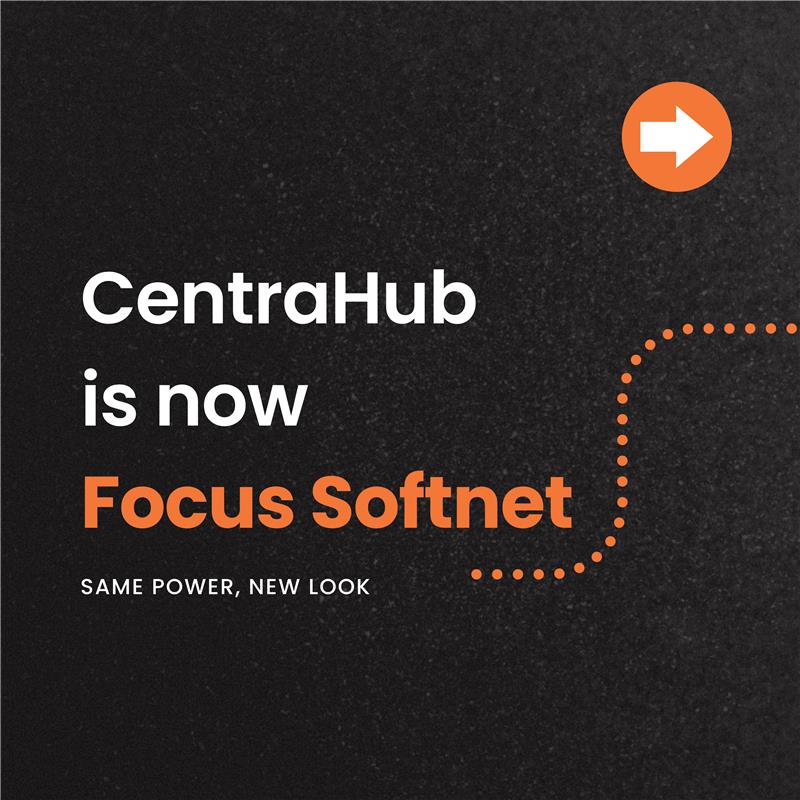

In today's technology-driven world, the Internet of Things (IoT) has emerged as a transformative force that brought about a paradigm shift in the way organizations manage their human capital across various industries. With IoT devices and applications becoming increasingly ubiquitous, organizations are leveraging this technology to streamline their HR processes and revolutionize the HR team’s potential.
This blog post aims to provide a comprehensive understanding of the role of IoT in HCM, highlighting its impact on enhancing workforce productivity.
IoT refers to a network of interconnected devices that collect and exchange data, enabling seamless communication between physical objects and digital systems. In the context of HCM software, IoT devices such as wearable gadgets, sensors, and beacons play a pivotal role in capturing and transmitting real-time data related to employees' activities, health, and work environment. This data can be utilized to optimize various aspects of people, ranging from employee engagement and performance management to workplace safety and well-being.
The role of IoT in HCM is undeniably transformative. It can enhance employee engagement and satisfaction. This is done with the help of the information gathered through the IoT devices and then using it to create personalized and conducive work environments, promoting productivity and well-being.
One significant advantage of integrating cloud HCM and IoT is the HR team’s ability to collect and analyze vast amounts of workforce data in real-time. IoT devices and sensors can gather data on employee activities, performance, and well-being. This information can be fed into the cloud-based HCM system, where it is analyzed to derive valuable insights for identifying patterns in employee productivity, highlighting areas for improvement, and enabling predictive analytics for workforce planning.
Furthermore, the integration enables organizations to offer personalized and dynamic employee experiences. With IoT devices and sensors, organizations can monitor and track individual preferences, work patterns, and well-being. Using this data, cloud HCM systems can deliver tailored learning and development programs, personalized performance management, and wellness initiatives. The system can recommend relevant training courses, suggest work schedule adjustments to optimize productivity or provide well-being resources.
The integration of cloud HCM and IoT also enhances workforce safety and security. IoT sensors can monitor hazardous conditions, detect potential safety risks, and alert both employees and relevant personnel in real-time. This proactive approach reduces the likelihood of accidents, allows for quick response and intervention, and fosters a culture of safety. Additionally, this integration can help organizations enhance access control, data protection, and identity management, safeguarding sensitive employee information.
Cloud HCM software already offers scalability, flexibility, and accessibility over on-premise systems, and its integration with IoT technology brings about a powerful combination that can help organizations leverage the power of real-time data analytics to make informed decisions while creating a seamless and data-driven HCM ecosystem.
Another key advantage of integrating IoT in HCM is its ability to capture and analyze real-time data. Traditional human resource management processes often rely on historical data, which may not accurately reflect the current state of affairs. With the help of IoT devices and sensors, organizations can access up-to-the-minute information about employee productivity, attendance, and engagement levels. This empowers the HR teams to identify patterns, trends, and anomalies promptly, leading to proactive decision-making and agile resource allocation.
As IoT continues to evolve, its impact on HCM software is poised to grow further. The future of IoT in HCM holds immense potential for enhancing workforce productivity. Advancements in AI and machine learning will enable organizations to develop predictive analytics models that anticipate employee needs and recommend personalized development opportunities.
Additionally, IoT-powered HCM systems will enable seamless integration with other emerging technologies such as augmented reality (AR) and virtual reality (VR), changing the way how employees are trained, onboarded, and managed for good. It will make HR functions more efficient, data-driven, and personalized.
Smart office spaces with IoT sensors enable organizations to analyze employee needs and fulfill them on time to foster a collaborative environment.
By harnessing the capabilities of both technologies, IoT-enabled cloud HCM systems help businesses embrace future possibilities and create a competitive edge. However, as IoT continues to advance, businesses must stay abreast with these developments to leverage the technology for enhanced HCM outcomes.
We can help you stay up-to-date with the latest updates about IoT and cloud HCM. Connect with us to know from our product experts.